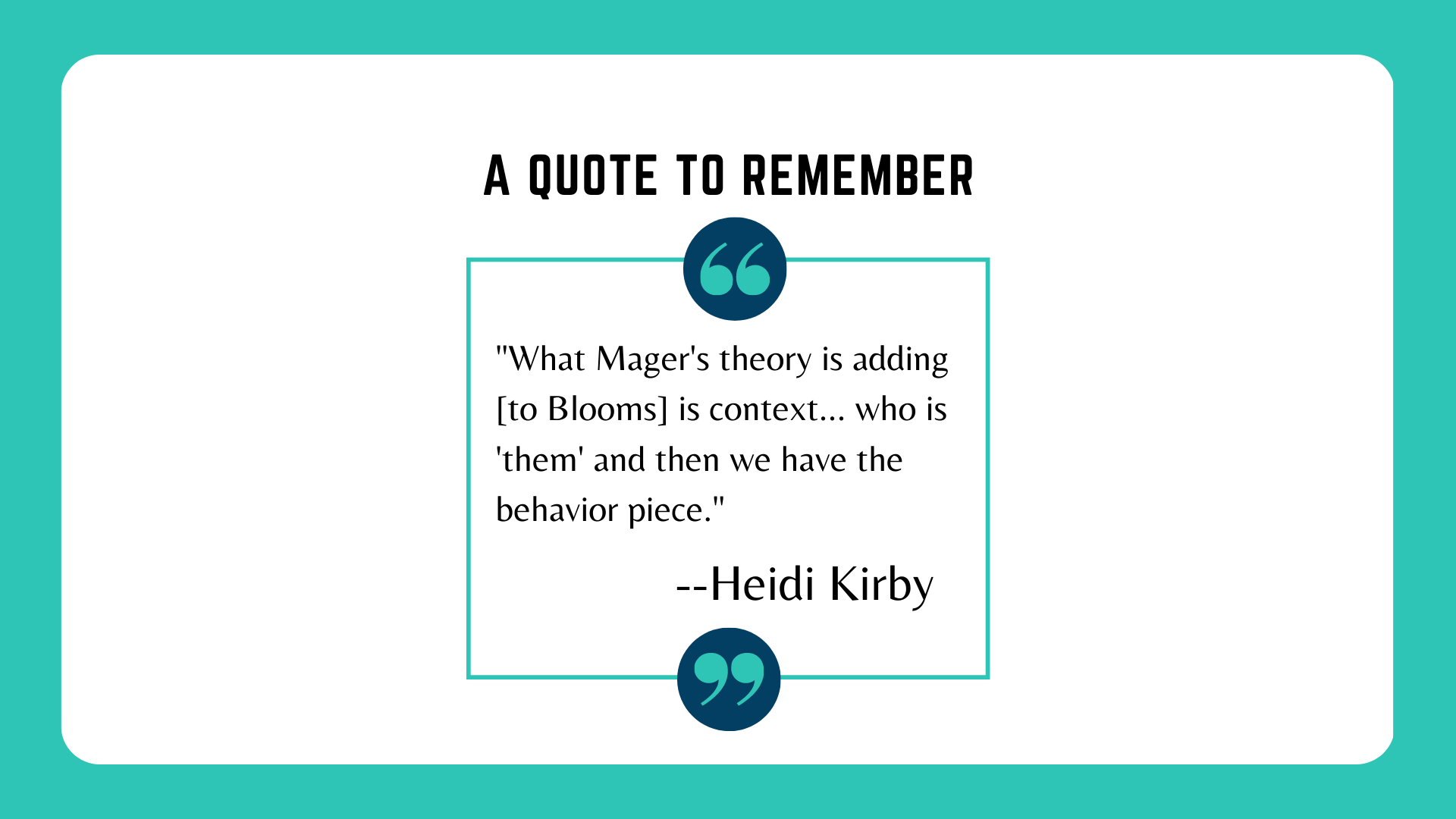
Recapping TLDC: Writing Learning Objectives (Dr. Heidi Kirby)
Heidi starts by introducing a familiar concept: Bloom’s, particularly the cognitive domain that most educators will have familiarity with. However, she also illustrates something people may not know: Blooms has other domains (Affective, Psychomotor) that should be considered. I have seen these considered in some K12 settings, particularly at the Elementary level and in CTE (Career Technical Education) courses, such as an ROTC program design, but I have also seen a lot of schools fall back onto purely Blooms or modern day 4-pt learning scales that align with things like Marzano and Danielsen, which really aren’t effective at writing skills-based objectives (I say as a former teacher, who taught skills-based classes as well as content-based ones). Heidi finally dives into Mager’s, the big mindset shift that she focuses on: contextualizing the learning you want to happen and the outcomes in performance.
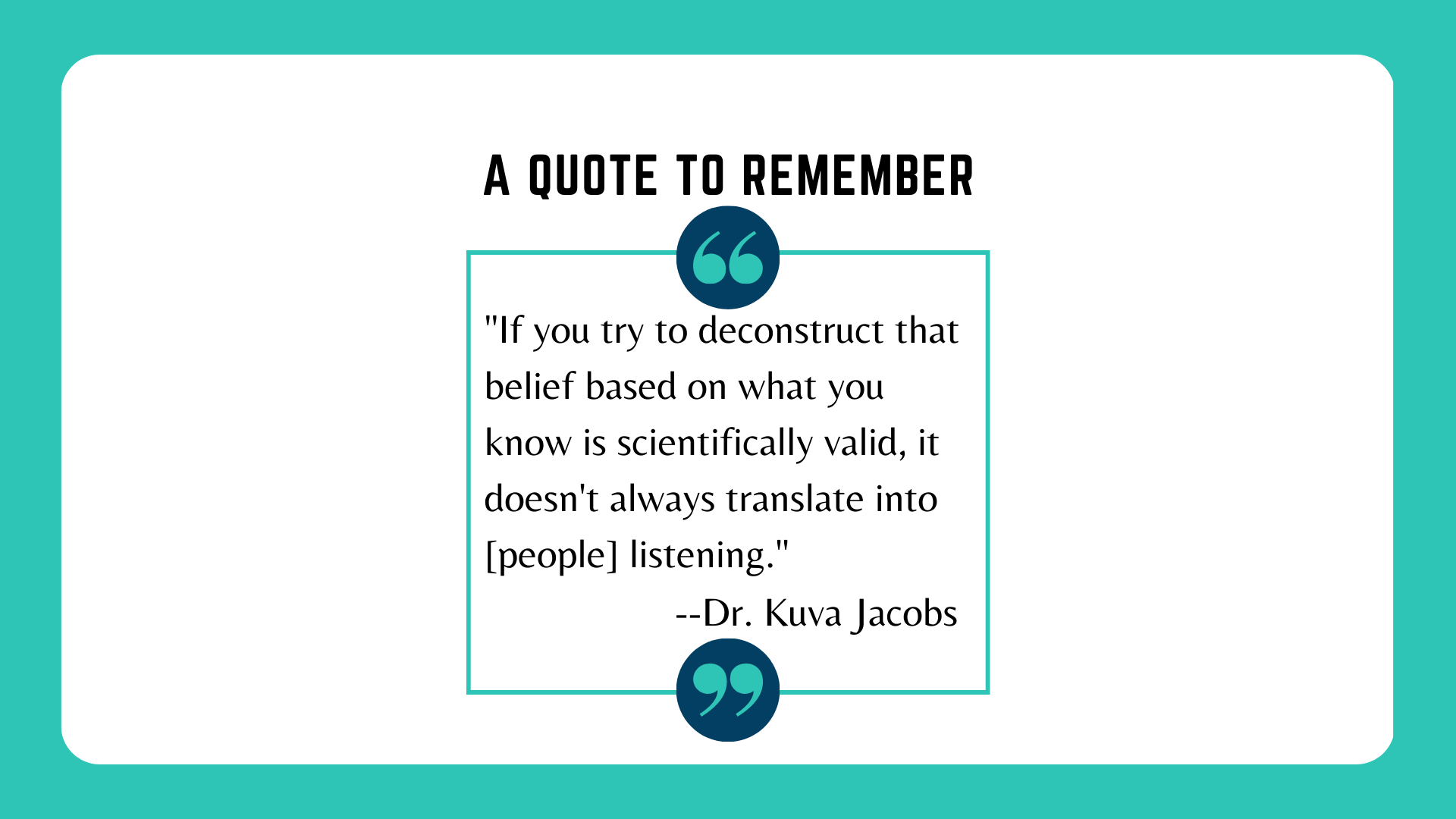
Recapping TLDC: Busting Learning Myths (Dr. Kuva Jacobs)
Summary: This one you a little bit just have to experience because of the Miro of it all! Dr. Kuva Jacobs does a great job making this session interactive by letting audience participation drive the discussion of learning myths. Myths come up such as “it’s easier to learn when you’re younger” and “it takes 10,000 hours to master something” and she addresses them. She also discusses her Learning Mythbusters group on LinkedIn (which is a great group to join — I enjoy it personally) and how we need to remember that when we see people perpetuate myths on social media, we still need to address them like a person because there’s a person behind that triangle post! It doesn’t necessarily help change minds or spread the truth to “bust” myths if we just fuss at someone they’re wrong/bad/stupid because they think learning styles are real.

Recapping TLDC: Evolving Tech Trends Beyond the LMS (Sara Stevick)
Sara introduces teachers to a variety of business technology solutions for learning in this conference, including some modern features of the LMS and where learning technology is beginning to overlap with business data analytics and human resources tools. She does a great job also covering the “why” of technological changes in business and the purpose of various tools: most of which comes down to better employee experience, creating and storing learning content, tracking and analyzing data to drive performance, and making systems work together efficiently within an organization.
I’ll point out she doesn’t focus on authoring tools and only really mentions them in response to questions. I think one big shift teachers struggle with is this: authoring tools are not all of the tools instructional designers use, and designing and developing content uses different tools than the analysis, implementation, and evaluation phase of instructional design may. What Sara highlights are all the technologies that help us implement, evaluate, and analyze learning solutions, not just design and develop them.
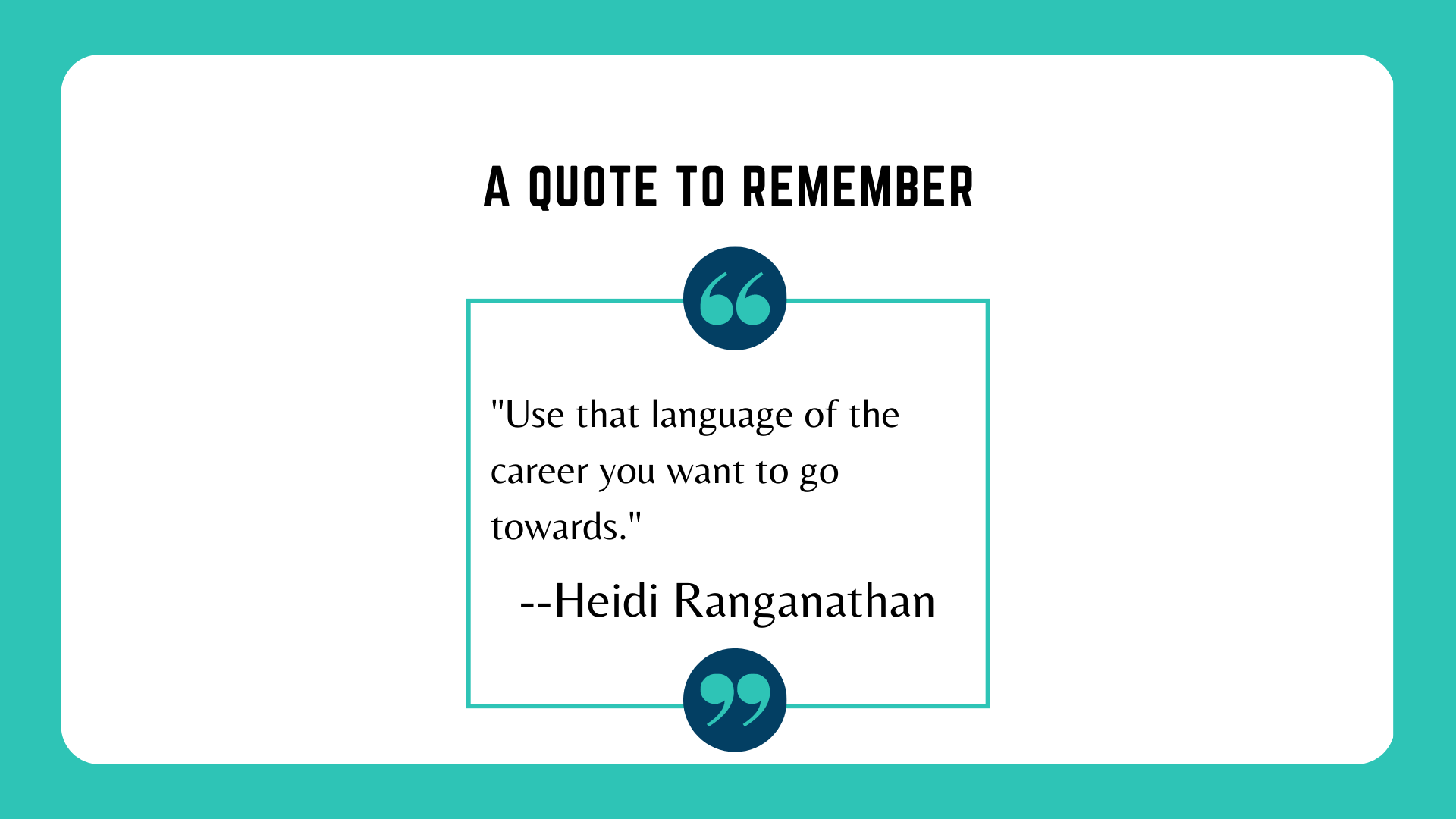
Recapping TLDC: Translating Teacher to ID Terminology (Heidi Ranganathan)
Heidi covered so many things! She covered what teachers do and some ways that might relate to various parts of Learning and Development (L&D) in order to help folks develop clarity towards the kind of niche they wanted to focus on in L&D. She gave basic career clarity tips, thinking about how to find a niche that works for you. Later, she focused in on instructional design and other duties within L&D roles in order to connect what you like to do and already do to the corporate field, with such great specific, concrete examples of instructional design terms. If you didn’t watch the video yet, her examples are extremely helpful so I deeply suggest it!
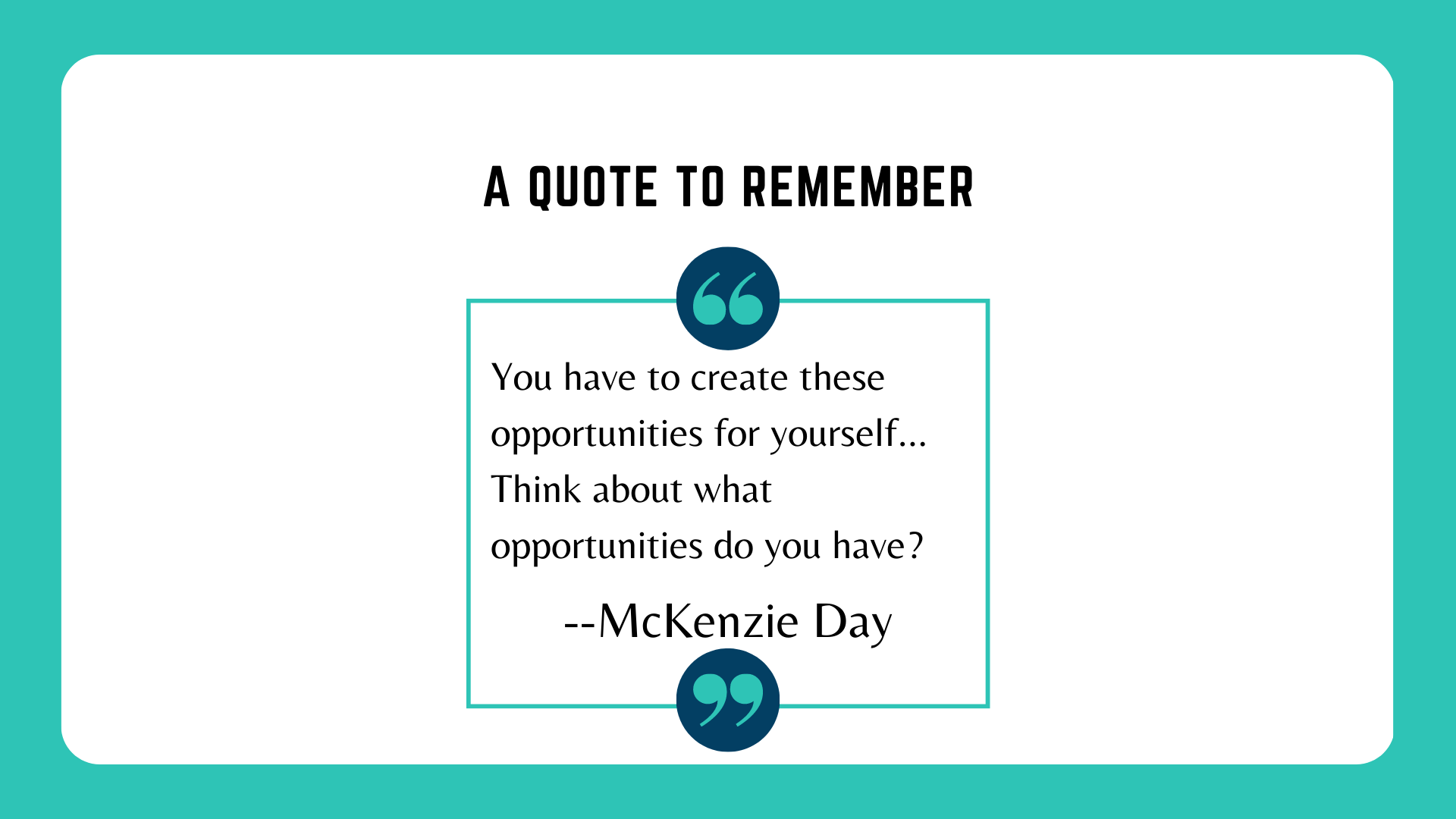
Recapping TLDC: Preparing for a Smooth Transition with McKenzie Day
McKenzie gave a very practical and useful presentation on her personal transition from the classroom with tips that teachers could use for their own. She walked through a mindset change, including accepting that you are leaving and what that entails, whether you tell people or not at your school. She then talked about making opportunities at your school, such as training other teachers by leading a professional development on a curriculum tool being the equivalent of “Train the Trainer” because they were going to go back and deliver learning in their classrooms based on your training. Finally, she talked about some efficient ways to upskill with tools teachers may already have by identifying the overlap.
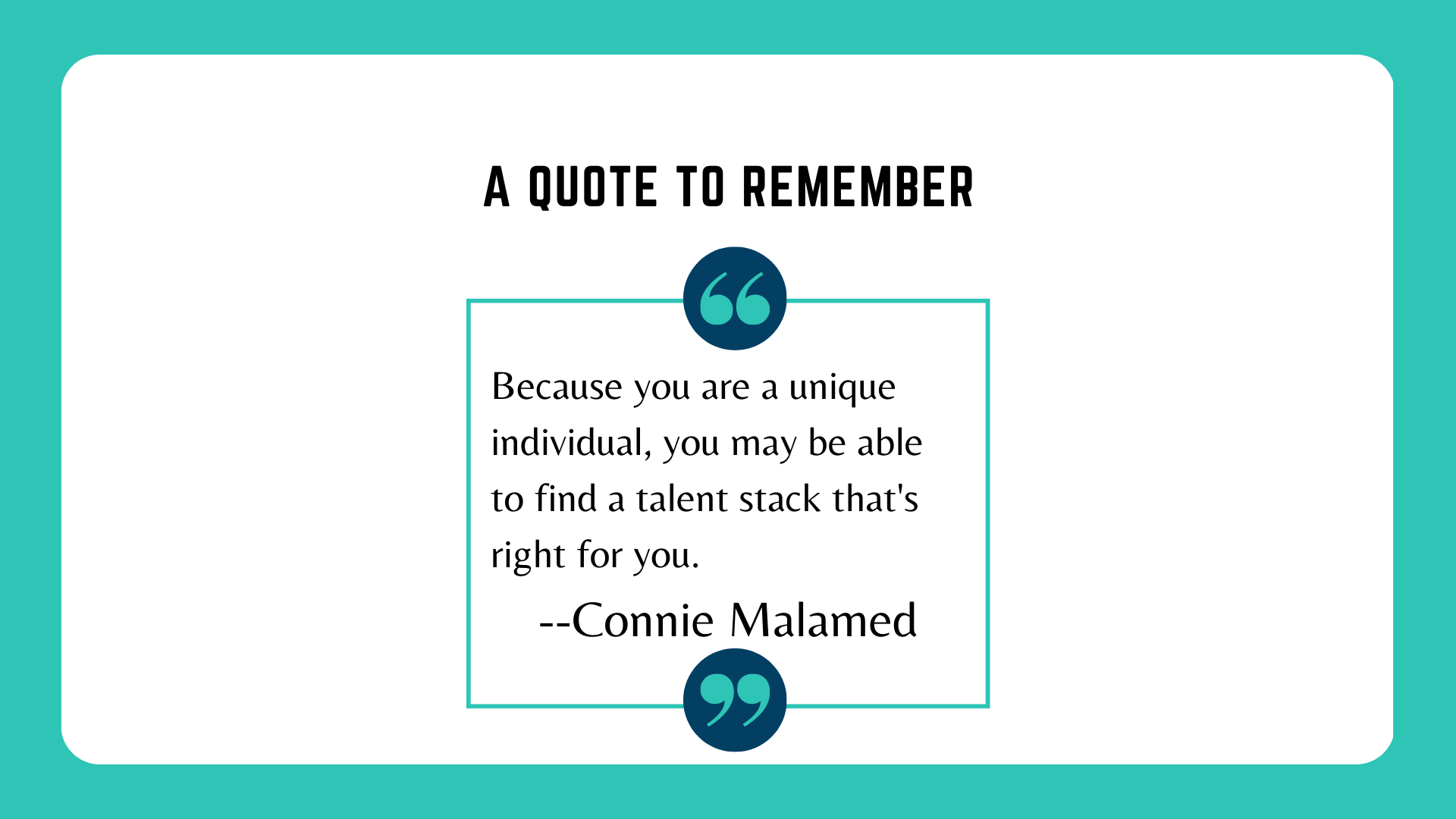
Recapping TLDC: Creating Your Future in Instructional Design with Connie Malamed
Connie gave a great overview of Instructional Design as a field (as well as eLearning specifically). She showed breakdowns of parts of the field and also potential “talent stacks” people in instructional design might have or want to develop in order to select the right path for them as an individual (she stressed the individual aspect). She discussed everything from mindset blocks people might have to different specialties they might seek. She gives an excellent chart breakdown of the field and four major areas from Cammy Bean and Ellen Wagner: Learning, Creativity, Technology, and Business are all aspects of the field. She also suggests examining niche roles (things like Community Manager and LMS Admin) and discusses the differences between different organization and team types. Most importantly, she discusses examining and considering your own “talent stack”, giving examples of stacks like Trainer, Writer, and Accessibility. Her insights were extremely clear. I love that she started with “What’s your mindset block?” because I so agree that can be a big barrier!
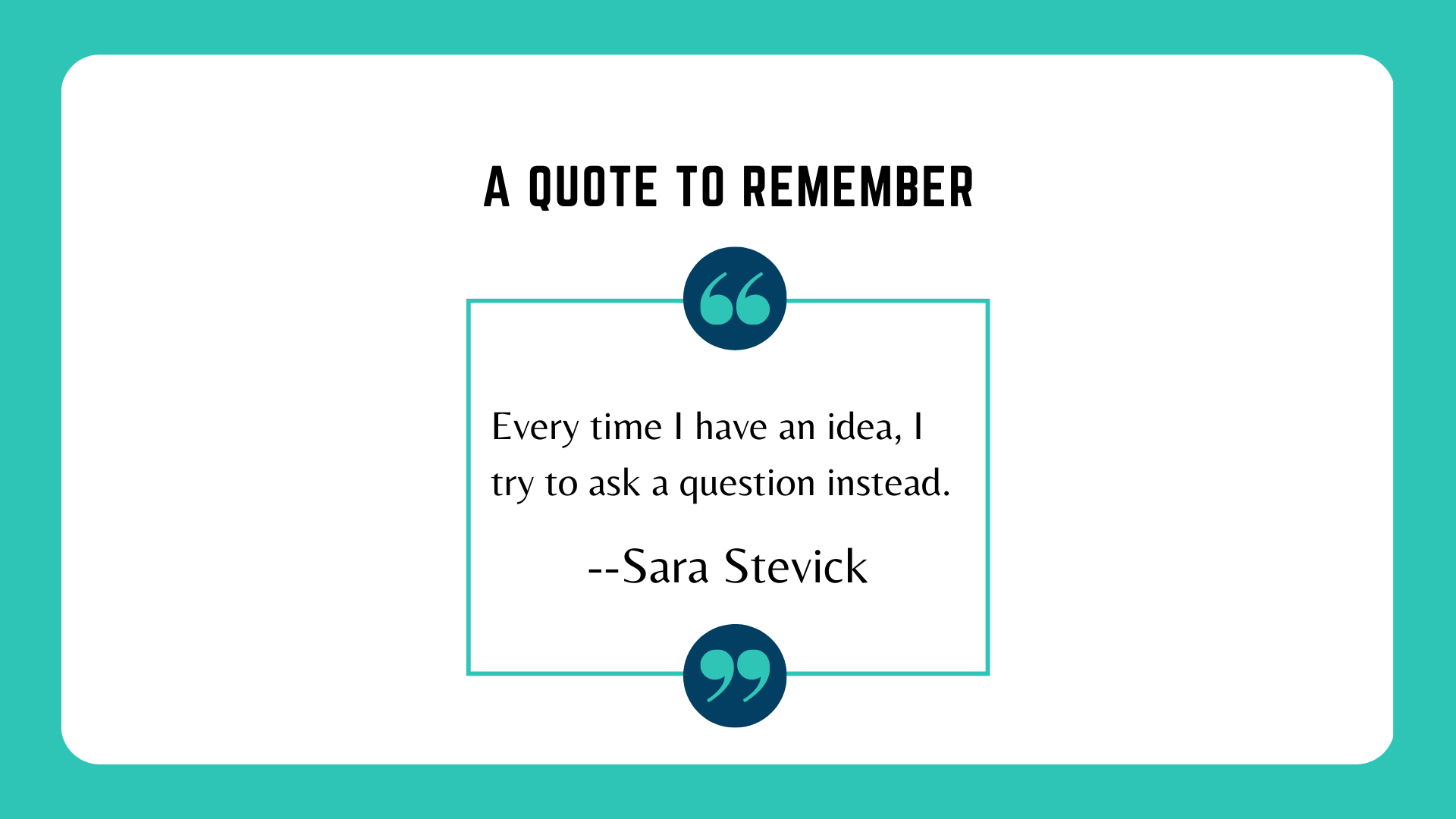
Recapping TLDC: Learning Culture in L&D (Sara Stevick)
This is a series of posts recapping and reacting to sessions from the recent January 2023 Training, Learning, and Development Community (TLDC) event to support teachers transitioning to L&D.
One thing I find interesting: schools are supposed to have robust learning cultures for staff too, but they often never get to this goal. That’s not really so different than challenges faced outside of education in some ways. But you have to “zoom out” of your classroom, and you also have to understand — as Sara said — the different goals and stakeholders involved. I feel like a comparison activity is a good mental shift here.
The point of this homework — and any of the homework I give — is to start getting you thinking critically about teaching vs. learning and development, how they intersect and where they differ, and to develop some understanding of business acumen. So this was a perfect place to start, with the very first session, because Sara refers back to business acumen over and over.